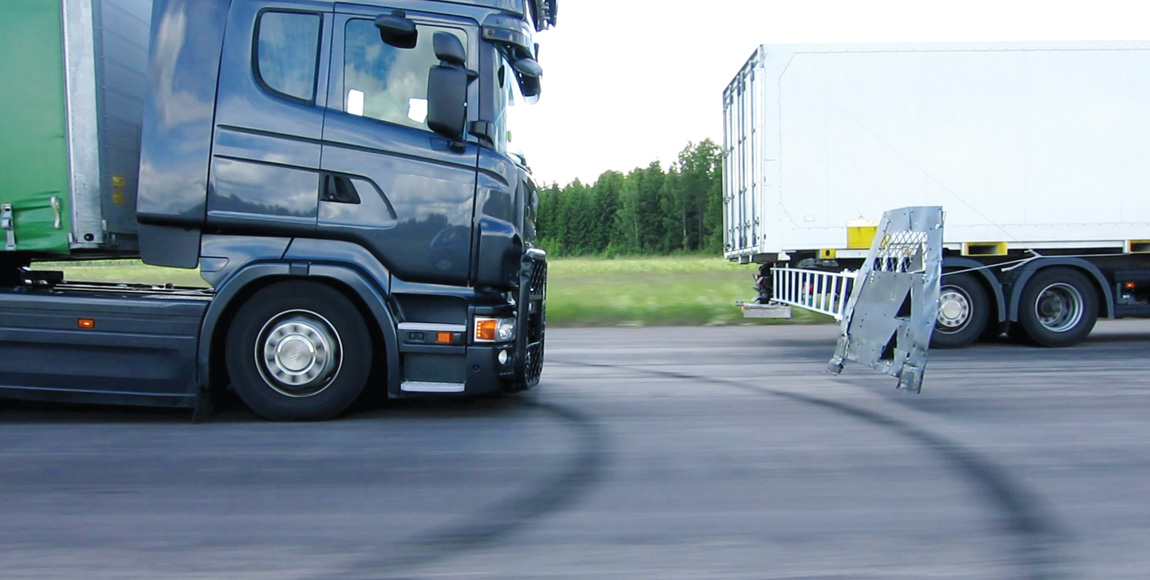Braking: the new villain of air pollution

With high levels of air pollution globally, original equipment manufacturers (OEMs) and aftermarket suppliers are developing more eco-friendly vehicles and solutions, with braking systems being the new frontier. MARISKA MORRIS reports.
The World Health Organisation (WHO) estimates that globally 4,2-million deaths are caused by exposure to outdoor air pollution with 24 percent of stroke deaths, 25 percent of heart disease deaths and 43 percent of lung diseases and lung cancer attributed to air pollution.
The WHO estimates that 91 percent of people live in places where air quality exceeds WHO guideline limits for pollution. The maximum acceptable level of safe air pollution is ten micrograms of particulate matter per cubic meter (μg/m3). Many cities exceed 35 μg/m3.
WHO notes: “Air pollution is hard to escape, no matter how rich the area. It is all around us. Microscopic pollutants in the air can slip past our body’s defences, penetrating deep into our respiratory and circulatory system, damaging our lungs, heart and brain.”
Countries that are attempting to reduce air pollution have placed a lot of focus on the commercial vehicle sector as the exhaust fumes produced by these vehicles contribute considerably to air pollution. Recently, however, brakes and tyres have become part of the discussion around the reduction of vehicle emissions.
Brakes and tyres contribute to the particulate matter (PM) 2.5, which is especially dangerous as it can easily penetrate deep into the lungs and be absorbed into the blood stream. With electric vehicles becoming more viable and more common, tyres and brakes will be the next biggest contributor to harmful emissions.
In an article for United Kingdom publication Auto Express, Hugo Griffiths writes: “Experts estimate that by 2030, as the transport sector moves into electric vehicles, 90 percent of harmful PM 2.5 emissions will be caused by microscopic particles eroding from tyres and brakes.”
However, unlike with global warming, the world seems prepared with many innovations developed to reduce air pollution. German manufacturer Mann + Hummel seems to be at the forefront. In 2017, the company introduced its fine-dust-particle filter, which is fitted to the top or bottom of a vehicle and filters the air as the vehicle is driven.
It was tested in Germany, India and China with reports showing that the filter removes more particles from the air than emitted by a vehicle with a modern internal combustion engine.
Now, Mann + Hummel has introduced a brake filter to reduce brake-dust particles. The filter catches 80 percent of dust pollution and helps reduce the build-up on alloy rims. This is particularly useful during peak-hour traffic, or in areas where harsh braking is common.
There is also a lot of discussion around the use of copper-free brake pads as a means to reduce air pollution. Locally, Federal-Mogul Motorparts offers its locally manufactured, copper-free Ferodo Eco-Friction brake pad range, which complies with Economic Commission for Europe (ECE) R90 certification.
Albertus Steyn, technical manager of Federal-Mogul Motorparts South Africa, says: “With the use of Ferodo’s Eco-Friction technology, we were able to significantly reduce the quantity of metal within the friction material, which prevents the emission of harmful metal particulates. This innovative, environmentally friendly technology is already being used by major automotive manufacturers.”
Without investing in filtering systems or copper-free brakes, drivers can reduce their braking emissions by avoiding harsh braking and overloading, keeping a safe following distance and travelling at low speeds.
Monitoring technology can assist drivers to comply with good driving practices, while frequently inspecting the brakes helps to ensure that the system is in a good working condition.
Published by
Mariska Morris
focusmagsa




